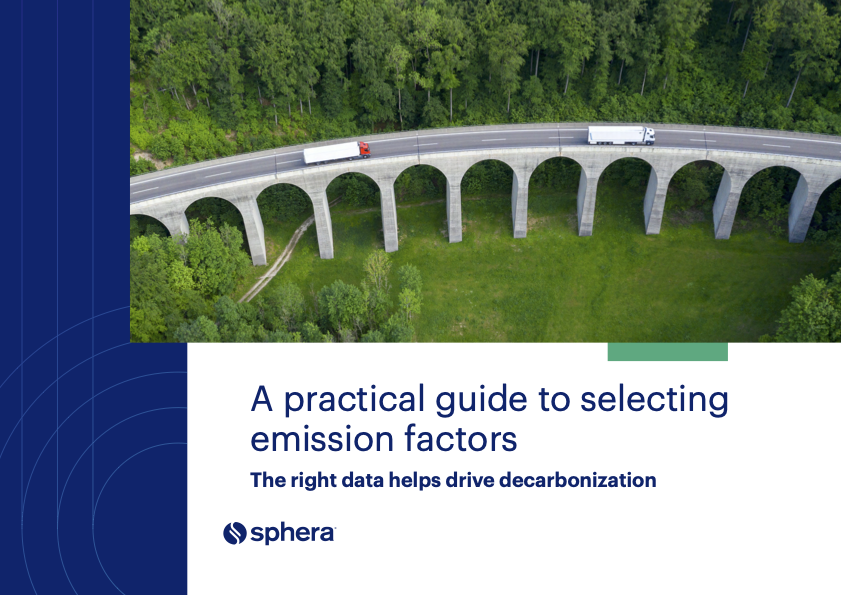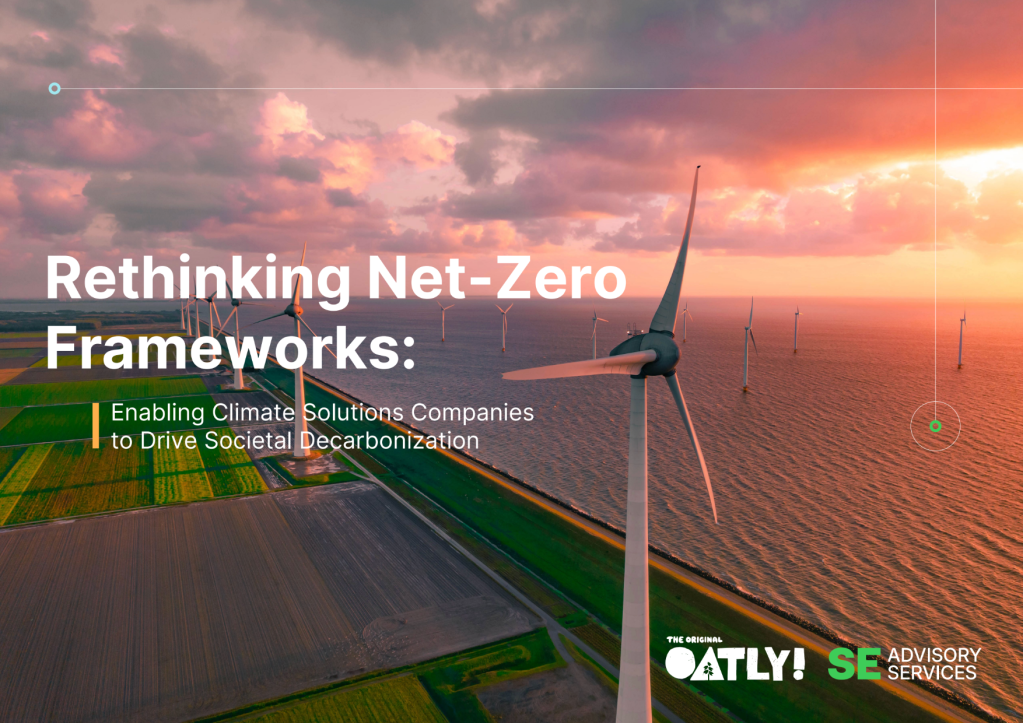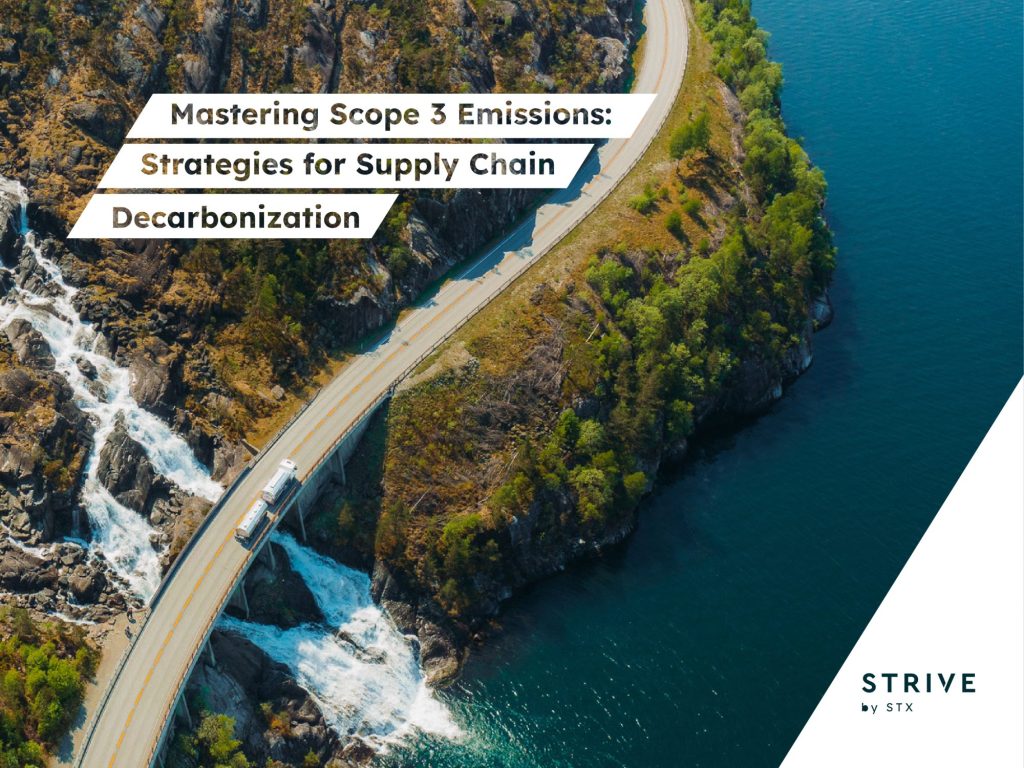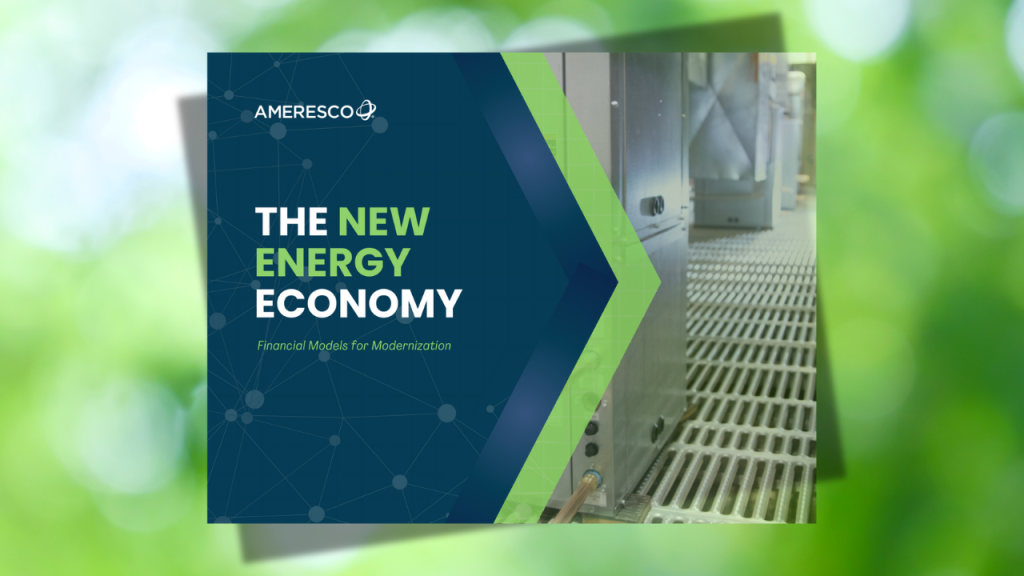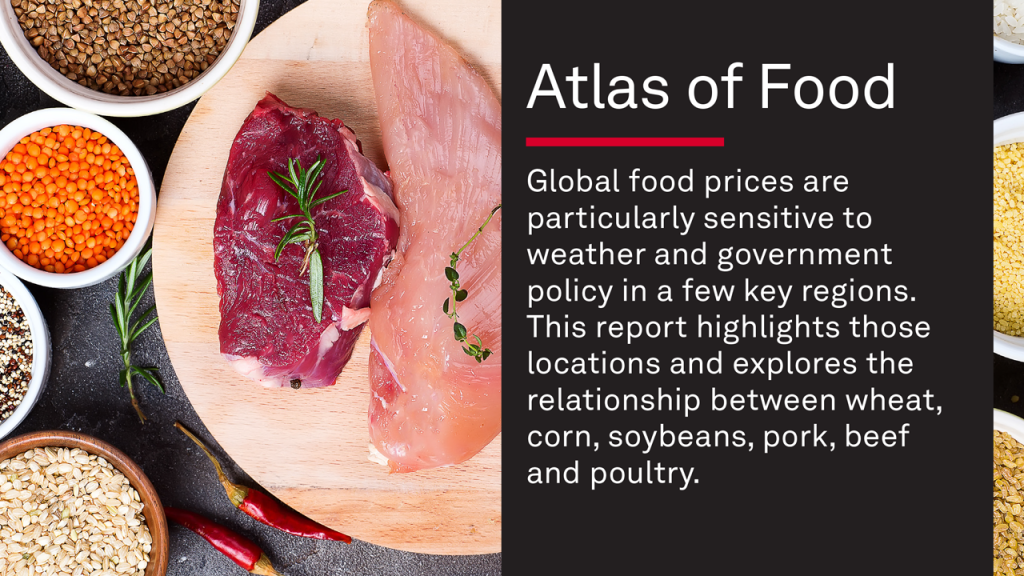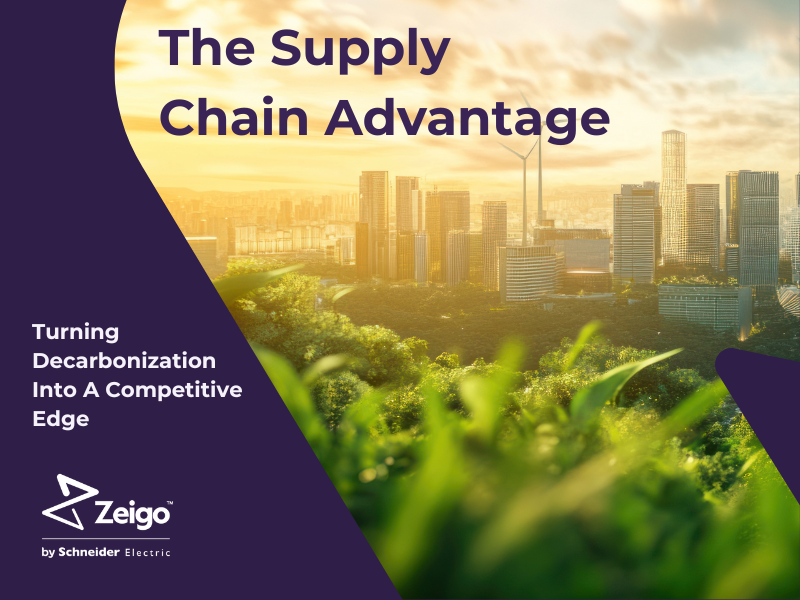UPM-Kymmene Corporation Energy Efficiency and Emissions Reduction
Finland-based logging and paper products company UPM-Kymmene Corp. acknowledges that pulp and paper mills create the majority of its GHG emissions. The mills create GHG emissions because of their need for electric and steam power. Consequently, the company equips its heat and power plants with efficient cleansing systems and consistently invests in upgrading the energy plants to increase efficiency and reduce emissions. At UPM, only 1%-2% of its overall energy use is spent at factories converting and wood products factories accounts for only 1%-2% of UPM’s overall energy use.
UPM also reduces GHG emissions at its mills a by using renewable and low-emission fuels, purifying the released gases (flue gases) and utilizing energy efficiently. Mills apply all the measures and monitor the emissions regularly.
The major GHG emissions at UPM mills are carbon dioxide, sulphur dioxide and nitrogen oxides. Emissions at UPM have been reduced by investing in those energy generation methods that do not increase fossil carbon dioxide emissions. Moreover, measures taken to increase production efficiency actually lower energy consumption and reduce corresponding emissions.
UPM’s total airborne emissions increased at the beginning of the decade due to the acquisition of paper mills. In 2003, fossil carbon dioxide emissions remained at the previous year’s level of approx. 3.8 million metric tons. The sulphur dioxide load decreased by above 10 %, from 7,800 tons in 2002 to 6,800 tons in 2003.
Improving Energy Efficiency
UPM widely uses combined heat and power generation at energy plants. Furthermore, part of the power used for mechanical pulping is recovered as heat. Energy efficiency can also be improved by decreasing process water usage.
Fuels and Power Sources
Approximately 60% of the fuels used by UPM are biofuels. Power plants at paper mills burn bark, forest residues, fibre residues and solids from deinking and effluent treatment plants. Chemical pulp mills burn waste liquor — black liquor — that forms during the pulping process. Additionally, natural gas is used as a fossil fuel. Coal and oil are used as energy sources only in mills where there is no other alternative fuel source. Power is produced at UPM’s own facilities or at the plants of the associated companies. Part of the power requirement is covered by purchases from the open market. Power generation methods vary from country to country. UPM’s portfolio includes wind power, hydro, nuclear, and thermal sources. In Finland, UPM is a shareholder in a power company that has a stake in nuclear power plants.
Reducing the Environmental Load of Energy Production
Energy production generates airborne emissions and ash. UPM’s airborne emissions are reduced by the selection of fuels and combustion technologies as well as by effective cleansing of the released gases. Boiler and fly ash from mill power plants is recovered and used for landscaping, soil improvement and for the cement industry. Approximately 80% of ash generated by UPM’s power plants is reused.


